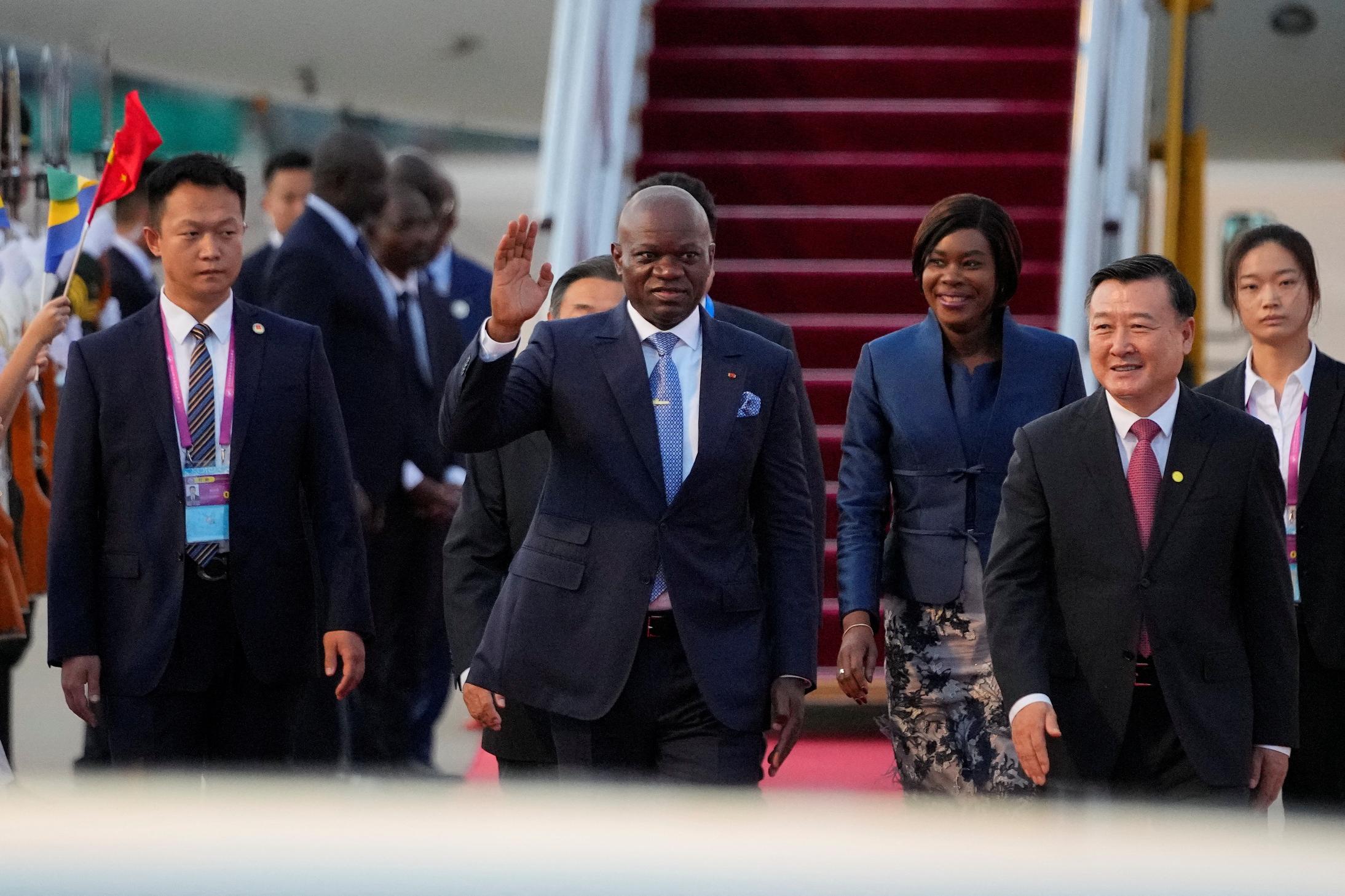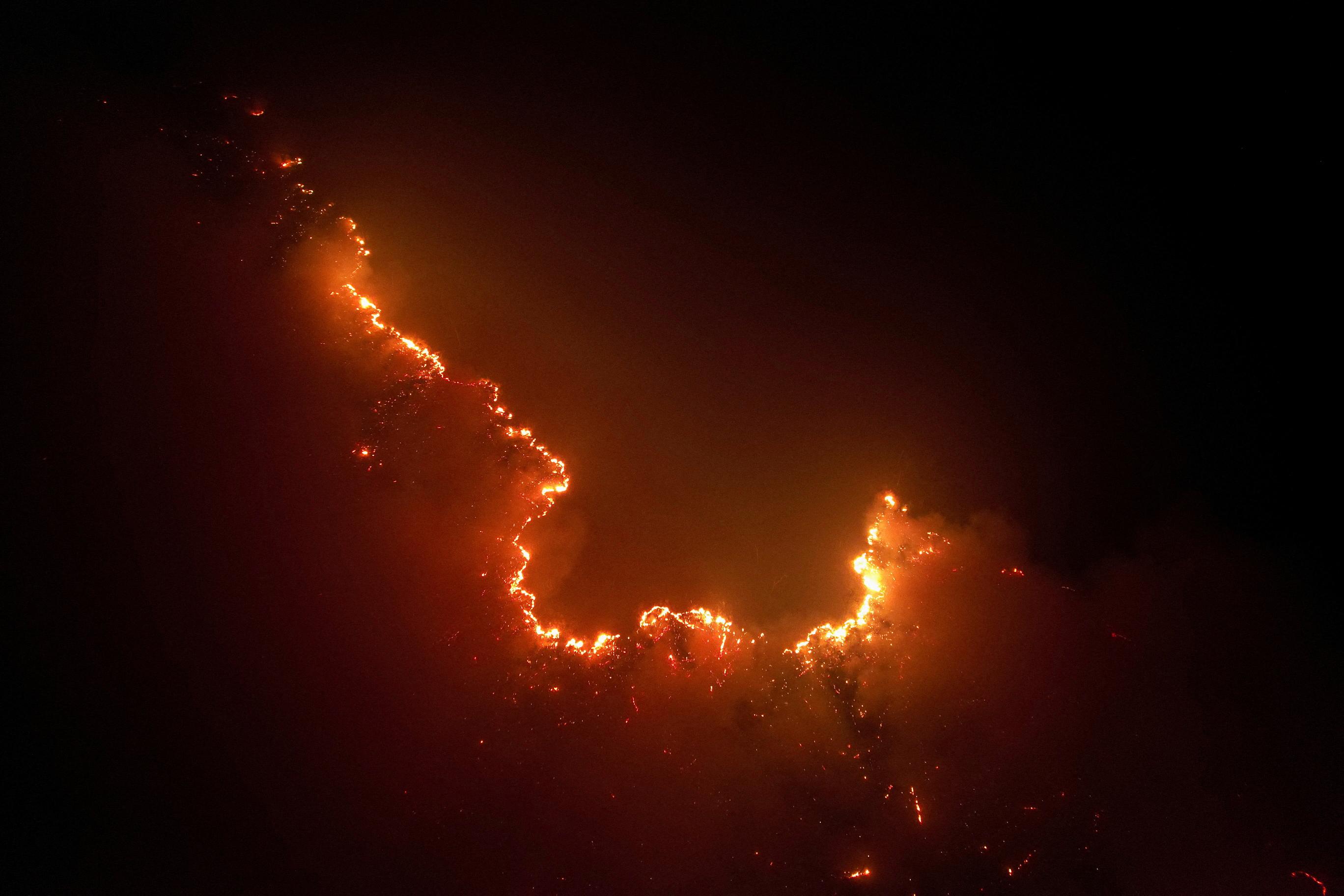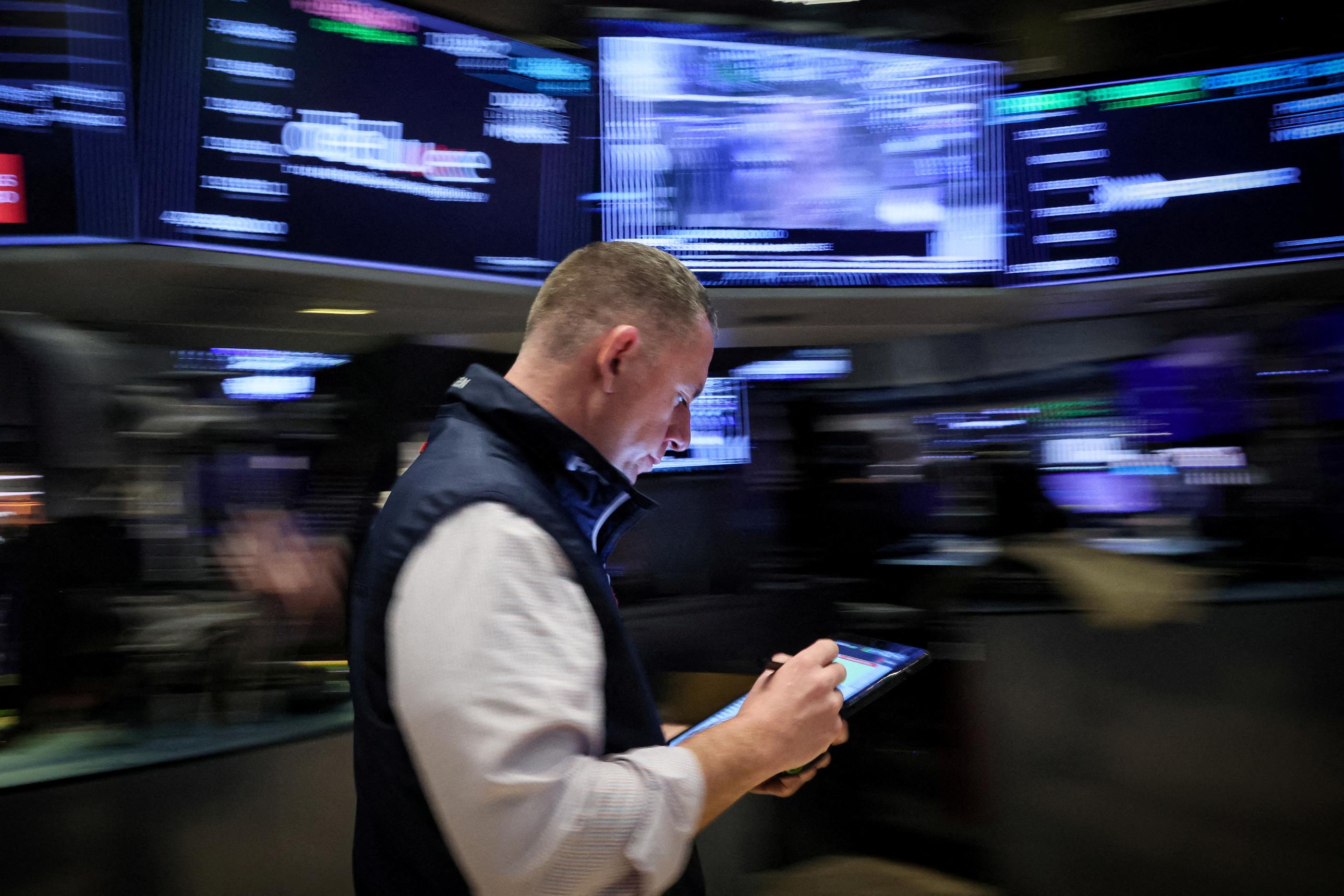
2024-09-01 23:00
LONDON, Aug 30 (Reuters) - Global zinc mine production continues to slide and the raw materials squeeze is now starting to bite, particularly in China. A group of 14 Chinese smelters, accounting for around 70% of the country's refined zinc production, agreed , opens new tab earlier this month to adjust planned maintenance and postpone commissioning new capacity in a bid to preserve operating margins. It remains to be seen just how much impact this has on actual production rates. Such collective announcements can be more price signal than concrete action plan. The Shanghai Futures Exchange (ShFE) zinc market has duly taken note with the most active futures contract rallying by 10% on the news. The problem for zinc bulls, however, is that the refined zinc market is still in significant surplus even as the raw materials supply chain tightens. CONCENTRATES SQUEEZE World zinc mine production fell by 3.4% year-on-year in the first half of 2024, according to the International Lead and Zinc Study Group's (ILZSG) mid-term report. Global output fell by 2.4% in 2022 and by another 2.0% in 2023 and this year is shaping up to be the third consecutive year of decline. China is the world's largest refined zinc producer, meaning it is particularly exposed to the shortfall in raw materials. The squeeze on mined concentrates is clear to see in the Chinese spot market, where treatment charges for imported concentrates have sunk to a multi-year low of $10 per ton, according to local data provider Shanghai Metal Market (SMM). Smelter charges tend to rise during periods of ample availability and fall during periods of shortfall. The current spot charges are a long way off the annual benchmark smelter terms of $165 per ton agreed at the start of the year and are now at levels that are unprofitable for many operators. That's resulted in sharply lower concentrates imports. Inbound shipments fell by 22% year-on-year to 2.1 million metric tons in the first seven months of 2024. Arrivals so far this year have been running at their lowest level since 2019. CHINA'S DOMESTIC MARKET TIGHTENS... The lack of raw materials has constrained Chinese smelter production this year, although not dramatically so. SMM estimates the country's primary refined zinc production contracted by 2.8% year-on-year to 3.67 million tons in the January-July period, although some of the decline was due to operational constraints caused by heavy rainfall in the province of Sichuan. ShFE inventory has fallen from an April peak of 131,747 tons to 84,566 tons but it is still up by 63,351 tons on the start of January. Imports of refined metal rose by 37% to 240,500 tons in the first seven months of 2024 but the pace of arrivals slowed sharply to just 18,452 tons in July, the lowest monthly tally since May last year. All the evidence suggests the continuing raw materials squeeze is starting to tighten the domestic refined metal market. ...BUT GLOBAL MARKET STILL IN SURPLUS The same can't be said of the market outside of China. Global refined zinc production fell by a marginal 0.1% in the first half of the year, according to ILZSG. Lower output in China was offset by European smelter restarts after the power crunch of 2022-2023. Glencore reactivated , opens new tab its Nordenham smelter in Germany in the first quarter after more than a year of inactivity. Belgian producer Nyrstar followed suit , opens new tab in May with its idled Dutch smelter Budel. The global refined zinc market generated a significant supply surplus of 228,000 tons over the first half of 2024, according to ILZSG. Much of that excess has made its way to London Metal Exchange (LME) warehouses. LME stocks of zinc, both on- and off-warrant, grew by 132,000 tons over January-June and loose time-spreads suggest there is potentially more metal hovering out of sight. The benchmark cash-to-three-months period has been trading in comfortable contango since May. The contango stood at $50 per ton at the Thursday close. While zinc bulls have seized on the raw materials supply narrative, demand has remained lacklustre. Around half of global zinc demand comes from the construction sector, which has been particularly weak in both China and Europe. The London three-month zinc price has followed the Shanghai bounce and, currently trading around $2,910 per ton, is up by 9.0% on the start of the year. But if the market is to sustain this rally, it's going to need better news on the demand side to complement its bullish supply story. The opinions expressed here are those of the author, a columnist for Reuters. Sign up here. https://www.reuters.com/markets/commodities/zinc-concentrates-squeeze-theres-no-shortage-metal-2024-08-30/

2024-09-01 22:19
ABUJA, Sept 2 (Reuters) - Nigeria's state-oil firm NNPC on Sunday said it is facing financial strain making it unable to import petrol into Africa's most populous nation, that has seen weeks-long fuel scarcity across its retail stations. The news comes after Nigeria National Petroleum Company Limited (NNPC), the country's sole importer of refined products, in August announced record profits for 2023 but warned that it was covering for shortfalls in government's petrol import bill. Reuters reported early July that the NNPC's debt to oil traders had surpassed $6 billion, doubling since early April, as the company struggled to cover the gap between fixed pump prices and global fuel costs. The NNPC declined to comment at that time. It later blamed operational hitches for the long fuel queues. "This financial strain has placed considerable pressure on the company and poses a threat to the sustainability of fuel supply," NNPC's spokesperson Olufemi Soneye said in a statement late on Sunday. President Bola Tinubu scrapped a costly but popular subsidy on petrol last year when he took office, to cut government expenditure. But he reintroduced subsidy partly after inflation skyrocketed, worsening a cost of living crisis and stoking tension among the population. The IMF has said fuel subsidies could cost Nigeria up to 3% of GDP this year as the increases in pump prices have not kept up with their dollar cost. The West African country expects to likely spend 5.4 trillion naira ($3.7 billion) this year - 50% more than in 2023 - to keep petrol prices fixed, while borrowing to plug gaps in its budget, a draft document had said in June. "We are actively collaborating with relevant government agencies and other stakeholders to maintain a consistent supply of petroleum products nationwide," the NNPC said. Sign up here. https://www.reuters.com/markets/commodities/nigerias-nnpc-says-its-facing-financial-strain-over-costly-fuel-imports-2024-09-01/

2024-09-01 21:47
Sept 2 (Reuters) - A look at the day ahead in Asian markets. Investors in Asia kick off the new trading month on the front foot, optimistic about a U.S. 'soft landing' and dovish Fed outlook, which should help boost risk appetite and the appeal of emerging market assets. The recent slide in the dollar, falling U.S. bond yields and global equity bounce have resulted in a significant loosening of financial conditions that is fueling a virtuous cycle of increasing bullishness. Data last week showed U.S. growth beating forecasts and inflation cooling, just as the Fed is about to start its easing cycle later this month. Add in a decent Q2 earnings season, and a 'Goldilocks' scenario is clearly emerging. As ever though, the danger at times like this is complacency - episodes like the Aug. 5 volatility shock are always lurking, and next time the impact may not be so fleeting. And there's also China. China's 'official' purchasing managers index data on Saturday gave the first insight into how the world's second largest economy performed in August, and it made for sobering reading - factory activity is flagging, deflationary pressures are intensifying, and the need for stimulus is growing. Manufacturing activity sank to a six-month low, contracting for a fourth straight month as factory gate prices tumbled and owners struggled for orders. Services activity picked up pace, but growth in the sector is barely visible. In fact, the composite PMI slipped to 50.1, the lowest since December 2022 when China's economy re-opened, signaling almost no growth at all. China's 'unofficial' manufacturing PMI will be released on Monday. The Caixin PMI index is expected to rise to 50.0 from 49.8, essentially moving to 'no growth' from slight contraction. Manufacturing PMIs from across Asia, including Japan, India, Australia and South Korea, will also be released. Traders will also be keeping a close eye on the yuan, which is its strongest level against the U.S. dollar in 15 months amid growing corporate demand for the currency and as U.S. rate cuts come into view. Overall liquidity and market activity will be lighter than usual with U.S. markets closed on Monday for Labor Day, but the backdrop generally remains constructive. According to Goldman Sachs's indices, emerging market financial conditions are the loosest in over a year, U.S. conditions are the loosest in more than two years, and global conditions the loosest in nearly two-and-a-half years. The 10-year U.S. Treasury yield fell 20 basis points in August, the fourth consecutive month it has declined. The S&P 500 rose for a fourth straight month back to within touching distance of July's record high, the MSCI World index did hit a new high, while the MSCI Asia ex-Japan index rose for a sixth month from the last seven. Here are key developments that could provide more direction to Asian markets on Monday: - China, Japan & others' manufacturing PMIs (August) - Indonesia inflation (August) - Australia company profits (Q2) Sign up here. https://www.reuters.com/markets/asia/global-markets-view-asia-graphic-pix-2024-09-01/

2024-09-01 17:20
Beijing to host 2024 African summit from Wednesday to Friday Aims to recalibrate economic, trade ties with Africa Move comes as Western curbs on Chinese goods loom African nations may not totally align with Beijing's aims BEIJING/NAIROBI, Sept 2 (Reuters) - China will urge a summit of 50 African nations in Beijing this week to take more of its goods, before Western curbs kick in on its exports such as electric vehicles and solar panels, in exchange for more pledges of loans and investment. But the dozens of African leaders arriving in the Chinese capital for the three-yearly event may not be easy bait. They will want to hear how China plans to meet an unfulfilled pledge from the previous summit in 2021 to buy $300 billion of goods. They will also seek assurances on the progress of incomplete Chinese-funded infrastructure projects, such as a railway designed to link the greater East African region. "The prize is going to go to those countries who have carefully studied the changes in China and align their proposals with China's new slimmed-down priorities," said Eric Olander, co-founder of the China-Global South Project. "That's a big ask for a continent that generally has very poor China literacy." Africa's biggest two-way lender, investor and trade partner is moving away from funding big-ticket projects in the resource-rich continent, preferring instead to sell it the advanced and green technologies Chinese firms have invested in heavily. As Western curbs on Chinese exports loom, Beijing's top priority will be finding buyers for its EVs and solar panels, areas where the U.S. and European Union say it has overcapacity, and building overseas production bases for emerging markets. China has already started tweaking conditions for its loans to Africa, setting aside more for solar farms, EV plants and 5G Wi-Fi facilities, while cutting back on bridges, ports and railways. Last year, China offered 13 loans of just $4.2 billion to eight African states and two regional banks, data from Boston University's Global Development Policy Centre showed, with about $500 million for hydropower and solar projects. GEOPOLITICAL JOSTLING When President Xi Jinping opens the ninth Forum on China-Africa Co-operation Summit on Thursday, he is expected to pitch plugging into China's burgeoning green energy industry to leaders from Gambia, Kenya, Nigeria, South Africa, and Zimbabwe. In attendance will also be delegates from every African state except Eswatini, with which Beijing has no ties. To avoid losing market share, China's geopolitical rival, the United States, has started to host African leaders. Britain, Italy, Russia and South Korea have also held Africa summits in recent years, recognising the potential of the region's young people and its 54 U.N. seats. China's outsized role as a financial and trade partner makes its meetings a far bigger deal, however. "There is no other development partner that does that much," said Hannah Ryder, founder of Development Reimagined, an African-owned consultancy. "But are African leaders able to push China to really dig in so that the balance of the 'win' is way more towards the African side?" MATCHING WANTS AND NEEDS China will want to talk up boosting trade and access to minerals like copper, cobalt and lithium in countries such as Botswana, Namibia, and Zimbabwe. But it could be cautious about more funding commitments following debt restructuring bids in economies such as Chad, Ethiopia, Ghana and Zambia, since the 2021 summit. "We are likely to see a continued prudence in terms of financing mega projects," said Lina Benabdallah, of the Centre for African Studies at Harvard University, adding that Beijing would push for technology transfers instead. "I am most certainly keen to understand how many new finance commitments may come out of this, and how they're going to deal with existing debt to African countries," said Yvette Babb, portfolio manager at asset management firm William Blair. But China's enthusiasm to lend might be dampened by security concerns, such as a spat between Niger and Benin that killed six Nigerien soldiers guarding a PetroChina-backed pipeline, or deadly protests in Kenya over tax hikes. Sign up here. https://www.reuters.com/markets/china-pitch-green-tech-exports-african-leaders-western-curbs-loom-2024-09-01/

2024-09-01 15:30
SAO PAULO, Sept 1 (Reuters) - The number of fires in Brazil's Amazon rainforest region for the month of August surged to the highest level since 2010, government data showed on Sunday, after a record drought that has been plaguing the biome. Last year's rains came late and were weaker than usual because a weather pattern, known as El Nino, was supercharged by climate change, leaving the rainforest especially vulnerable to this year's fires. Satellites detected 38,266 fire hotspots in the Amazon in August, more than double compared to the previous year and the largest number for that month since 2010, data from Brazil's National Institute for Space Research (Inpe) showed. The August data reaching a 14-year high comes after last month's fire hotspots in the region surged to a two-decade high. While the data is the fastest indicator of the state of fires in the region, which often peak between August and September, it does not indicate the intensity. Fires in the naturally wet and humid biome often start on cattle ranches where locals are converting the jungle into pastures for cattle ranching. Warmer air and drier vegetation have created conditions where fires can spread more rapidly as well as burn more intensely and for longer. Deforestation has also reduced the rainforest's ability to produce rain and humidity. Helga Correa, a conservation specialist at WWF-Brasil, said in an initial assessment of the August data last week that the fires were driven by a combination of weather, climate change and human actions. "The region where we detected concentrated smoke in August coincides with the so-called Arch of Deforestation, which includes the north of Rondonia, the south of Amazonas and the southwest of Para," she said. "This indicates that, in addition to climate change and El Nino, changes in land use produced by humans play a central role in the increase in fires," she said. Sign up here. https://www.reuters.com/world/americas/brazils-amazon-rainforest-fires-august-reach-14-year-high-2024-09-01/

2024-09-01 12:59
NEW YORK, Aug 30 (Reuters) - A broadening rally in U.S. stocks is offering an encouraging signal to investors worried about concentration in technology shares, as markets await key jobs data and the Federal Reserve's expected rate cuts in September. As the market's fortunes keep rising and falling with big tech stocks such as Nvidia (NVDA.O) , opens new tab and Apple (AAPL.O) , opens new tab, investors are also putting money in less-loved value stocks and small caps, which are expected to benefit from lower interest rates. The Fed is expected to kick off a rate-cutting cycle at its monetary policy meeting on Sept. 17-18. Many investors view the broadening trend, which picked up steam last month before faltering during an early August sell-off, as a healthy development in a market rally led by a cluster of giant tech names. Chipmaker Nvidia, which has benefited from bets on artificial intelligence, alone has accounted for roughly a quarter of the S&P 500's year-to-date gain of 18.4%. "No matter how you slice and dice it you have seen a pretty meaningful broadening out and I think that has legs," said Liz Ann Sonders, chief investment officer at Charles Schwab. Value stocks are those of companies trading at a discount on metrics like book value or price-to-earnings and include sectors such as financials and industrials. Some investors believe rallies in these sectors and small caps could go further if the Fed cuts borrowing costs while the economy stays healthy. The market's rotation has recently accelerated, with 61% of stocks in the S&P 500 (.SPX) , opens new tab outperforming the index in the past month, compared to 14% outperforming over the past year, Charles Schwab data showed. Meanwhile, the so-called Magnificent Seven group of tech giants - which includes Nvidia, Tesla (TSLA.O) , opens new tab and Microsoft (MSFT.O) , opens new tab - have underperformed the other 493 stocks in the S&P 500 by 14 percentage points since the release of a weaker-than-expected U.S. inflation report on July 11, according to an analysis by BofA Global Research. Stocks have also held up after an Nvidia forecast failed to meet lofty investor expectations earlier this week, another sign that investors may be looking beyond tech. The equal weight S&P 500 index, a proxy for the average stock, hit a fresh record this week and is up around 10.5% year-to-date, narrowing its performance gap with the S&P 500. "When market breadth is improving, the message is that an increasing number of stocks are rallying on expectations that economic conditions will support earnings growth and profitability," analysts at Ned David Research wrote. Value stocks that have performed well this year include General Electric (GE.N) , opens new tab and midstream energy company Targa Resources (TRGP.N) , opens new tab, which are up 70% and 68%, respectively. The small-cap focused Russell 2000 index, meanwhile, is up 8.5% from its lows of the month, though it has not breached its July peak. The jobs report "tends to be one of the more market moving releases in general, and right now it's going to get even more attention than normal." Investors are unlikely to turn their back on tech stocks, particularly if volatility gives them a chance to buy on the cheap, said Jason Alonzo, a portfolio manager with Harbor Capital. Technology stocks are expected to post above-market earnings growth over every quarter through 2025, with third-quarter earnings coming in at 15.3% compared with a 7.5% gain for the S&P 500 as a whole, according to LSEG data. "People will sometimes take a deep breath after a nice run and look at other opportunities, but technology is still the clearest driver of growth, particularly the AI theme which is innocent until proven guilty," Alonzo said. text_section_type="notes">Wall St Week Ahead runs every Friday. For the daily stock market report, please click Sign up here. https://www.reuters.com/markets/us/wall-st-week-ahead-us-stock-rally-broadens-investors-await-fed-2024-08-30/
